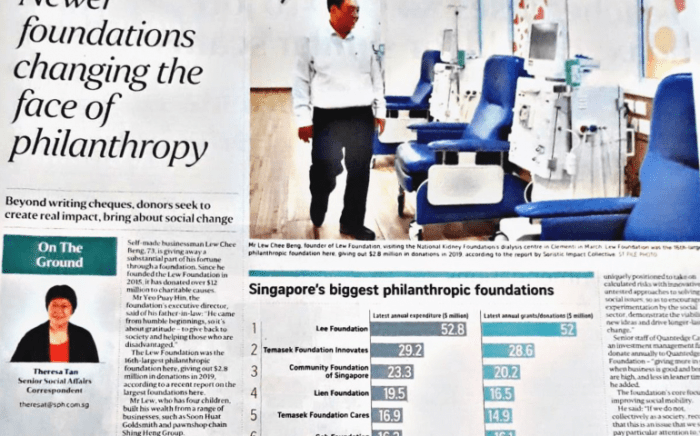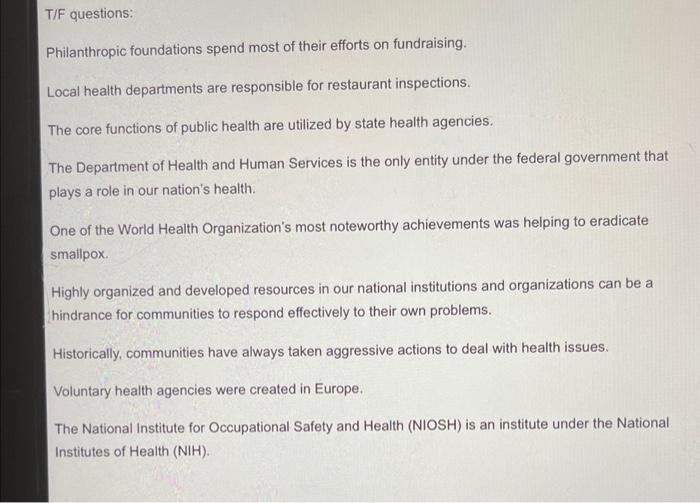Philanthropic foundations spend most of their efforts on fundraising. – Philanthropic foundations, entrusted with the noble mission of advancing societal well-being, often find themselves at the crossroads of fundraising endeavors. This comprehensive exploration delves into the intricate web of fundraising practices, resource allocation, and their profound impact on mission accomplishment within philanthropic foundations.
As we embark on this intellectual journey, we will dissect the diverse fundraising methodologies employed by these organizations, examining both triumphs and pitfalls. We will scrutinize the distribution of resources dedicated to fundraising, uncovering the factors that shape these allocations and their implications for overall effectiveness.
Types of Fundraising Activities: Philanthropic Foundations Spend Most Of Their Efforts On Fundraising.

Philanthropic foundations employ diverse fundraising methods to secure financial support for their missions. These include:
- Major Gifts:Soliciting large donations from individuals, corporations, or foundations.
- Annual Giving Campaigns:Ongoing efforts to collect smaller donations from a broad base of supporters.
- Special Events:Fundraising events such as galas, dinners, or auctions.
- Planned Giving:Encouraging donors to make future gifts through wills, trusts, or life insurance policies.
- Online Fundraising:Utilizing platforms like websites and social media to reach potential donors.
Challenges and Limitations
Fundraising activities come with challenges and limitations:
- Competition:Foundations face competition from other nonprofits and charities for donor support.
- Donor Fatigue:Potential donors may experience fatigue due to constant fundraising appeals.
- Expense:Fundraising efforts can be costly, reducing the amount of funds available for mission delivery.
- Mission Drift:Excessive fundraising can distract foundations from their core missions.
- Mission Scope:Foundations with broader missions may require more resources for fundraising.
- Donor Base:Foundations with a large and engaged donor base may spend less on fundraising.
- Fundraising Expertise:Foundations with in-house fundraising staff or partnerships may reduce expenses.
- Regulatory Environment:Regulations and reporting requirements can impact fundraising costs.
- Positive Impact:Increased funding can support mission delivery and impact.
- Negative Impact:High fundraising costs can divert resources from programs and reduce efficiency.
- Supportive:Fundraising can provide the resources necessary to fulfill mission objectives.
- Detrimental:Excessive fundraising can hinder mission focus and distract from program delivery.
- Time Allocation:Fundraising efforts require time and attention that could be dedicated to programs.
- Donor Influence:Major donors may influence foundation priorities and decision-making.
Allocation of Fundraising Resources

Foundations allocate varying proportions of their resources to fundraising. Factors influencing this distribution include:
Impact on Effectiveness, Philanthropic foundations spend most of their efforts on fundraising.
Fundraising expenses can impact foundation effectiveness:
Impact on Mission Accomplishment

The relationship between fundraising and mission accomplishment is complex:
Trade-offs
Foundations face trade-offs between fundraising and mission delivery:
Frequently Asked Questions
What are the most common fundraising methods employed by philanthropic foundations?
Philanthropic foundations utilize a diverse range of fundraising strategies, including major gift campaigns, grant writing, special events, and online fundraising platforms.
How do foundations determine the proportion of funds allocated to fundraising?
Factors influencing resource allocation for fundraising include the foundation’s mission, size, fundraising capacity, and the availability of external funding sources.
What are the potential consequences of excessive fundraising on mission accomplishment?
Excessive fundraising can divert resources away from program delivery, hinder innovation, and erode public trust in the foundation.
